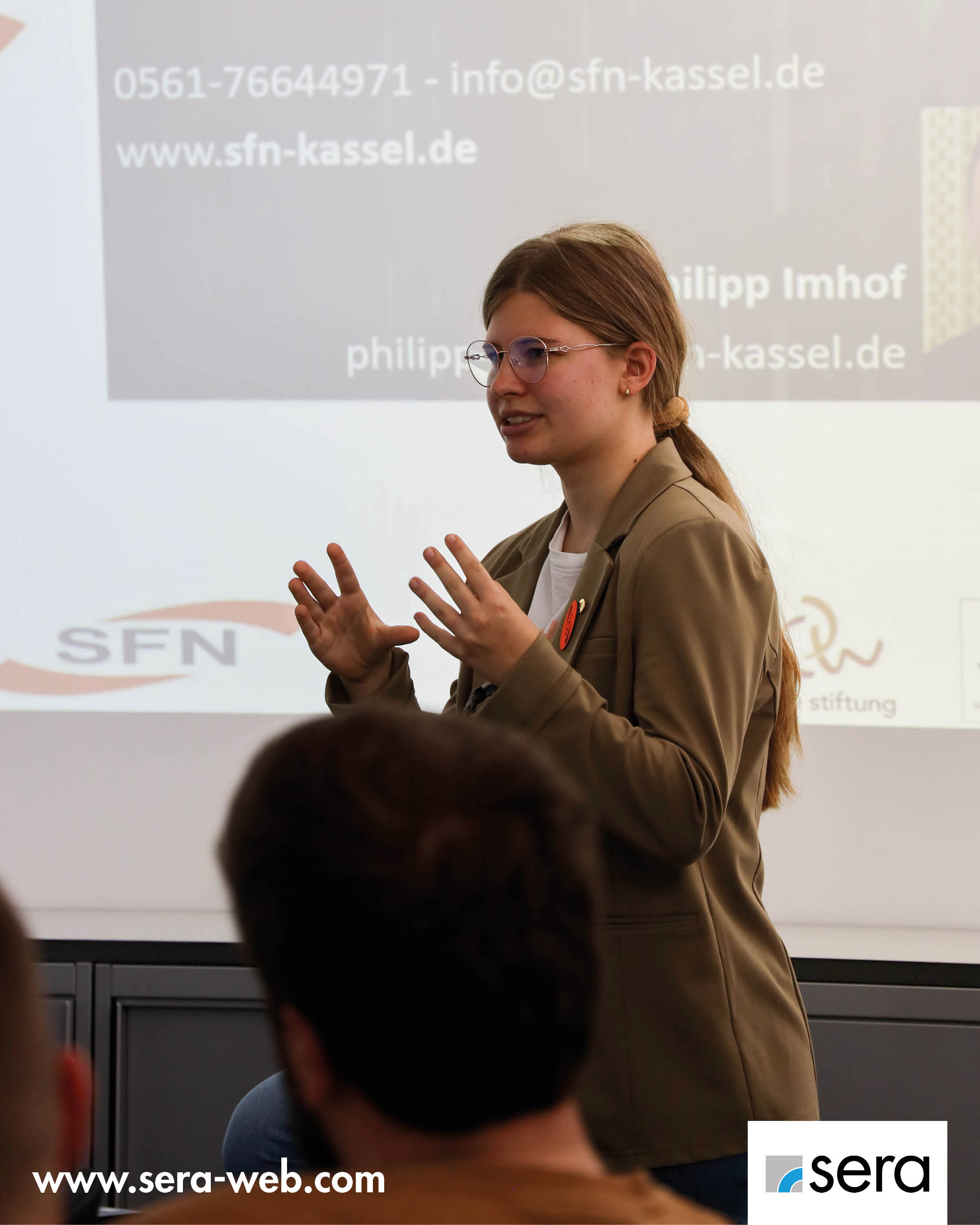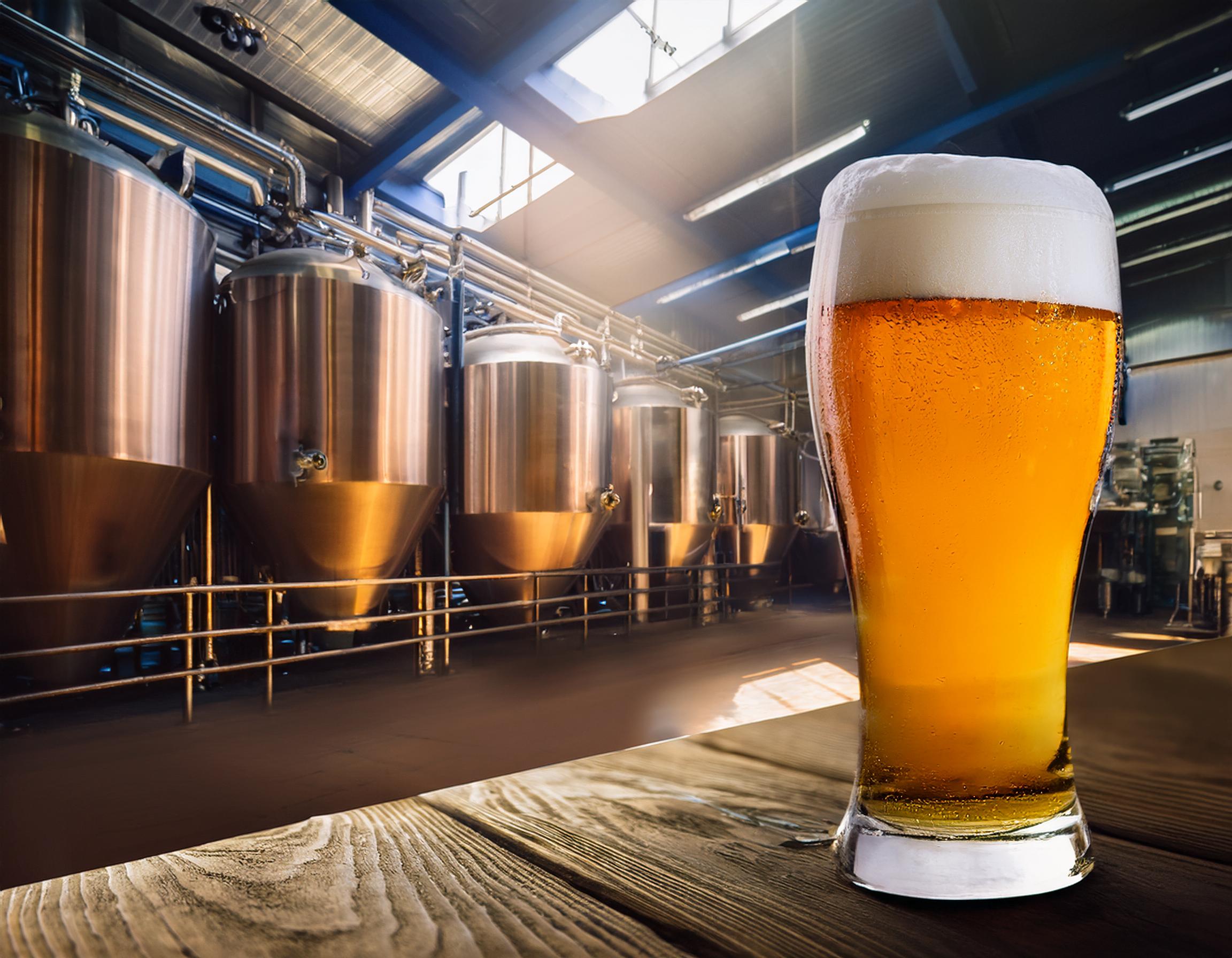It is now illegal to deposit untreated waste on disposal sites in Germany. But new methods of waste recycling are required to cope with more than 400 million tonnes of refuse a year.
The statutory waste hierarchy specifies avoidance, reuse and recycling as the most effective approaches to dealing with waste. Conversion of waste into energy, i.e. incineration, is in fourth place in the hierarchy. Incineration of refuse is actually
an important component in current waste management, as it contributes to environmentally friendly waste disposal through destruction and exfiltration of pollutants. MVA Bonn is an outstanding example of this.
Recycling of the waste from Bonn and the surrounding region is carried out by Müllverwertungsanlage Bonn GmbH (MVA), a subsidiary of Stadtwerke Bonn (Bonn Public Utilities). Over 1,000 tonnes of waste, which has to be disposed of in a safe and environmentally friendly way, is delivered to it every day. In a complex thermal process, the waste is first incinerated and then processed. Stadtwerke Bonn obtains energy from waste using state-of-the-art technology. The Bonn waste processing plant produces steam when waste is incinerated and this is supplied to the neighbouring Stadtwerke Bonn cogeneration plant. Here the steam is turned into electricity and district heat.
Flue gases are created when the refuse is burnt. Their energy is recovered by means of a boiler or steam generator that is downstream from the incineration process. As the hot flue gases flow through the boiler, they are cooled down, while the boiler feed water heats up and evaporates. The steam created is then used to generate electricity and heat. In the downstream condenser, the steam is liquefied again and returned to the feed water.
The feed and boiler water must meet certain requirements to operate a boiler safely and without causing damage. sera designed and supplied a special dosing system for the boiler plant at MVA Bonn. Two independent dosing systems for caustic soda and ammonia water have been installed in this plant, which condition the boiler water in such a way that it corresponds to the specifications of the VGB (technical association of energy plant operators) guidelines for power station operation. Both systems have dosing pumps, fittings, 500 litre batching tanks, fill level sensors, collecting basins and space for delivery containers. As ammonia water is a volatile chemical, this part of the system has a gas-tight design. A shared control cabinet monitors the two dosing systems and provides information to the control centre at MVA Bonn. Decentralised monitoring and control of the systems are therefore possible.
The application solutions are both made fully automatically and with level monitoring from a mixture of concentrate and water. Dosing of the prepared solutions is carried out with controllable sera diaphragm and/ or piston pumps. The demand on and adjustment of the pumping capacities depend on the operation of the higher level system parts. sera dosing pumps ensure that there is a consistent pH value in the boiler feed water by adding caustic soda and that the condensate has a pH value of approx. 9.5 to protect the feed water and condensate pipes. In this way, the boiler and pipes in the thermal section of the MVA have the optimal permanent corrosion protection.
Here, too, our dosing systems create added value for people and the environment as an important component of the thermal waste treatment process.


